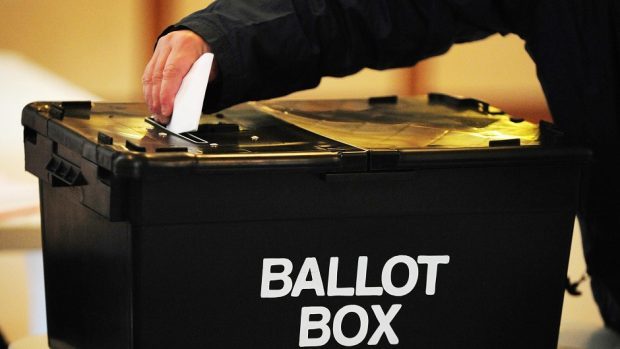The near total dominance of the SNP in Scottish seats was one of the big stories of the 2015 general election.
Fifty-six of 59 were won by the nationalists, with the other three split between Labour, the Conservatives and the Liberal Democrats.
That number has since fallen to 54, with Natalie McGarry and Michelle Thomson now sitting as independents having resigned the SNP whip in controversial circumstances.
But the party remains in a very strong position, with most of its MPs enjoying unassailable majorities.
Of course the more seats you hold, the more you have to lose and any election raises the prospect of a change in the political landscape.
So what might the Scottish Westminster map look like come the morning of June 9?
Dr Chris Hanretty, reader in politics at the East Anglia University, doesn’t think the SNP will lose more than a “handful” of seats if that.
“The size of the majorities in so many seats is so big other parties can have a great result in terms of share of the vote and still come away with very few seats,” he says.
But he also makes clear the campaign could change people’s minds, adding: “We might see further strengthening of the Conservatives as people realise this is going to be a de facto referendum on the (independence) referendum.
“If people are thinking about voting strategically or tactically, then you might expect the Conservative vote share to go up further on what the polls are saying at the moment.”
As for Labour, he suggests Ian Murray – who won with a majority of just more than 2,600 votes last time around – could hold on in Edinburgh South if people vote for him rather the party.
But he adds: “If the party’s hopes in Scotland rest on one man and his popularity, you are in a bad, bad place.”
Liberal Democrat Alistair Carmichael (Orkney and Shetland) and David Mundell (Dumfriesshire, Clydesdale and Tweeddale) both have majorities of less than 1,000 in constituencies where the SNP came second in 2015.
So as Angus Robertson made clear yesterday, the party will fight to win these – and Mr Murray’s seat.
But Mr Mundell is confident the Conservatives have a good chance of performing well and building on last year’s Holyrood results.
Mr Carmichael is positive too, suggesting his party could make gains in the Highlands and the north-east.
In terms of weak SNP seats, Calum Kerr in Berwickshire, Roxburgh and Selkirk has a majority of just 328.
The Conservatives came second in 2015 so will certainly have it in their sights.
Overall, while there may be some changing of hands, it’s hard to imagine the SNP’s position taking very much of a knock.
